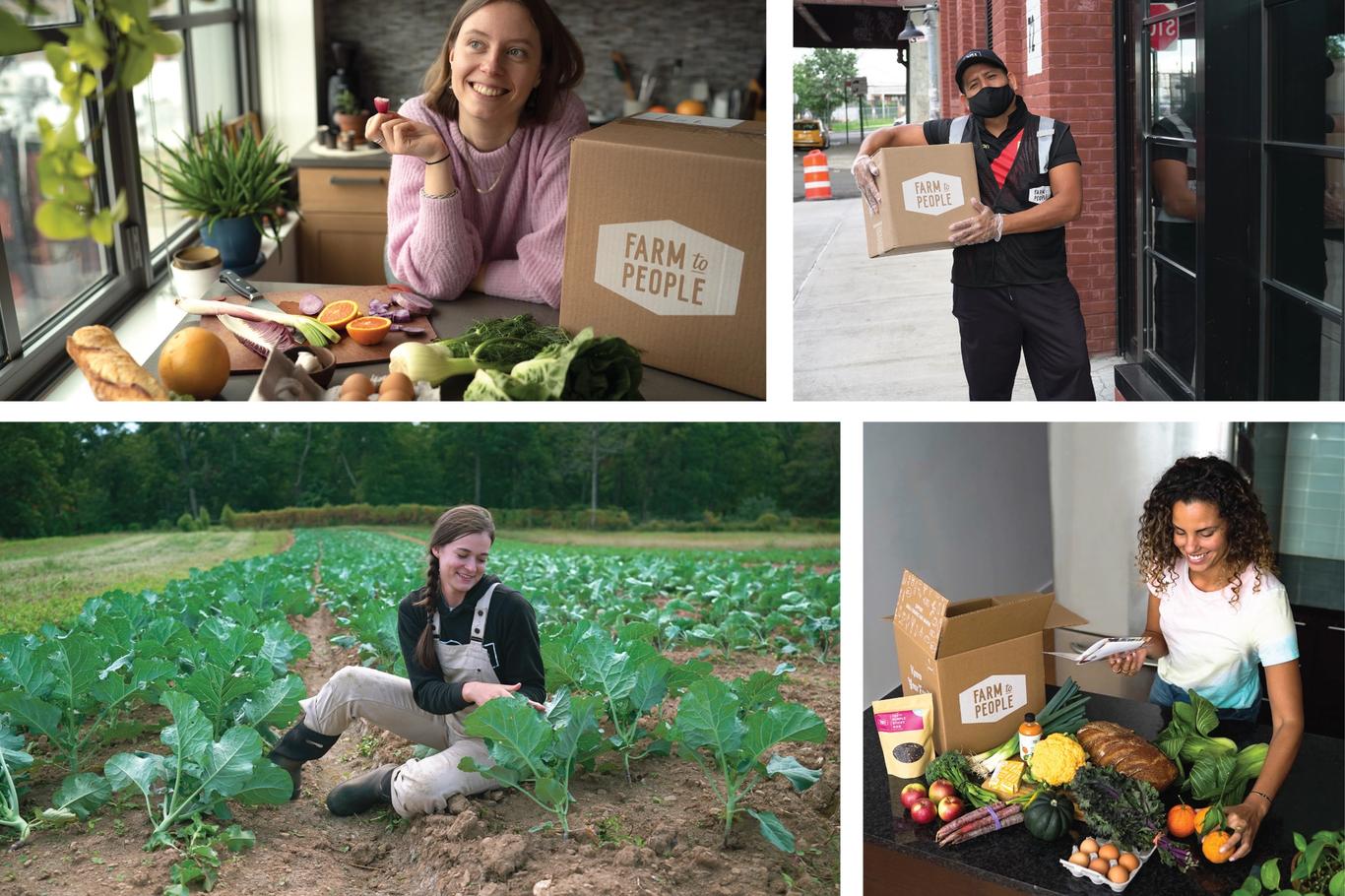Direct Farm To People: Fresh & Local Goodness
The movement of agricultural goods directly from producers to consumers represents an evolving food system. This approach bypasses traditional distribution networks, such as wholesalers and retailers, in favor of direct sales channels. Farmers' markets, community-supported agriculture (CSA) programs, and direct-to-consumer online platforms exemplify this system.
This localized food distribution offers numerous advantages, encompassing economic, environmental, and social dimensions. Economically, producers retain a larger portion of the revenue generated from their products. Environmentally, shorter supply chains can lead to reduced transportation emissions and support sustainable farming practices. Socially, it fosters closer relationships between producers and consumers, promoting transparency and awareness regarding food origins.
Consequently, understanding the mechanisms and impacts of these alternative food networks is vital for shaping resilient and equitable food systems. The following will delve into the specific models, challenges, and opportunities associated with these evolving distribution methods.
- Chelsea Gibb Biography Age Height Husband Net
- Where Is Lorraine Taylor Now Is Lorraine
- Kari Karte Has Been Sammy Hagar S
- Liz Shanahan Is Michael Symon S Wife
- M I A Rapper Family Husband Children
Frequently Asked Questions Regarding Direct Agricultural Distribution
The following addresses common inquiries concerning the direct movement of agricultural products from producers to consumers.
Question 1: What constitutes direct agricultural distribution?
Direct agricultural distribution refers to the sale of agricultural products directly from the farm to the end consumer. This bypasses conventional supply chains that involve intermediaries such as wholesalers and retailers.
- Denise Nicholas Age Bio Wiki Height Net
- Christian Kirk Wife To Be Ozzy Ozkan
- Connor Payton Is Sean Payton S Son
- Who Is Rogel Lazaro Aguilera Mederos Wife
- Tiffany Lau Bio Age Wiki Facts And
Question 2: What are the primary methods employed in direct agricultural distribution?
Common methods include farmers' markets, community-supported agriculture (CSA) programs, on-farm stores, and direct-to-consumer online sales platforms. Each method offers varying levels of engagement and logistical complexity.
Question 3: What are the potential economic benefits for farmers?
Farmers can potentially retain a larger percentage of the retail price compared to selling through conventional channels. Direct sales can also provide a more stable and predictable income stream.
Question 4: How might direct agricultural distribution impact environmental sustainability?
Shorter supply chains can reduce transportation distances and associated emissions. Direct interaction with consumers may also encourage farmers to adopt more sustainable farming practices in response to consumer demand.
Question 5: Are there limitations or challenges associated with this approach?
Challenges include the logistical demands of direct marketing, the need for effective marketing and sales skills, and potential regulatory hurdles related to food safety and labeling.
Question 6: Does direct agricultural distribution guarantee higher quality or fresher produce?
While not guaranteed, direct distribution often results in fresher produce due to reduced transit times. The close proximity between producers and consumers can also facilitate greater transparency regarding farming practices.
In summary, direct agricultural distribution represents a viable alternative to conventional food systems, offering potential benefits for both producers and consumers, while also presenting certain logistical and operational challenges.
The subsequent section will explore the regulatory landscape surrounding direct agricultural sales.
Navigating Direct Agricultural Distribution
Implementing successful direct agricultural distribution requires careful planning and execution. The following tips provide guidance for producers seeking to connect directly with consumers.
Tip 1: Identify Target Markets: Conduct thorough market research to determine consumer demand and preferences within a defined geographic area. This informs product selection and marketing strategies.
Tip 2: Develop a Comprehensive Business Plan: A detailed business plan should outline financial projections, operational logistics, and marketing strategies. This ensures a structured approach to direct sales.
Tip 3: Prioritize Food Safety and Traceability: Implement robust food safety protocols and traceability systems to comply with regulations and maintain consumer trust. Accurate record-keeping is crucial.
Tip 4: Establish Effective Marketing Channels: Utilize a mix of online and offline marketing channels, including social media, email marketing, and local advertising, to reach potential customers. Consistent branding is essential.
Tip 5: Cultivate Strong Customer Relationships: Build relationships with consumers by providing excellent customer service, offering personalized experiences, and soliciting feedback. Customer loyalty is vital for long-term sustainability.
Tip 6: Streamline Logistics and Distribution: Optimize logistical operations, including harvesting, packaging, and delivery, to ensure efficiency and minimize waste. Consider investing in appropriate equipment and infrastructure.
Tip 7: Understand Regulatory Requirements: Familiarize yourself with all applicable federal, state, and local regulations concerning direct agricultural sales, including labeling requirements, food safety standards, and permitting processes.
Adherence to these guidelines can enhance the viability and impact of direct agricultural distribution endeavors.
The subsequent section will conclude this exploration by summarizing the key considerations for building successful and sustainable direct agricultural channels.
Farm to People
This exploration has elucidated the multifaceted nature of "farm to people" initiatives. The analysis highlighted the diverse models of direct agricultural distribution, including farmers' markets, CSAs, and direct-to-consumer online platforms. Emphasis was placed on the economic benefits for producers, the potential for enhanced environmental sustainability, and the importance of building strong producer-consumer relationships. Critical challenges, such as logistical complexities and regulatory compliance, were also addressed.
The sustained growth of "farm to people" networks hinges on continued innovation, strategic collaboration, and a commitment to transparency within the agricultural sector. Further development requires addressing infrastructural limitations and ensuring equitable access for both producers and consumers. A collaborative approach is essential to foster resilient and sustainable food systems that benefit communities and promote responsible agricultural practices.
- Justin Rutter Found Or Missing Is He
- Paula Harwood Bio Net Worth Height Career
- Butch Patrick Net Worth Celebrity Net Worth
- Antc3b3nio Guterres Wife Meet Catarina Marques
- Emily Willis Net Worth Wiki Age Weight

Farm To People

Farm To People

Farm To People